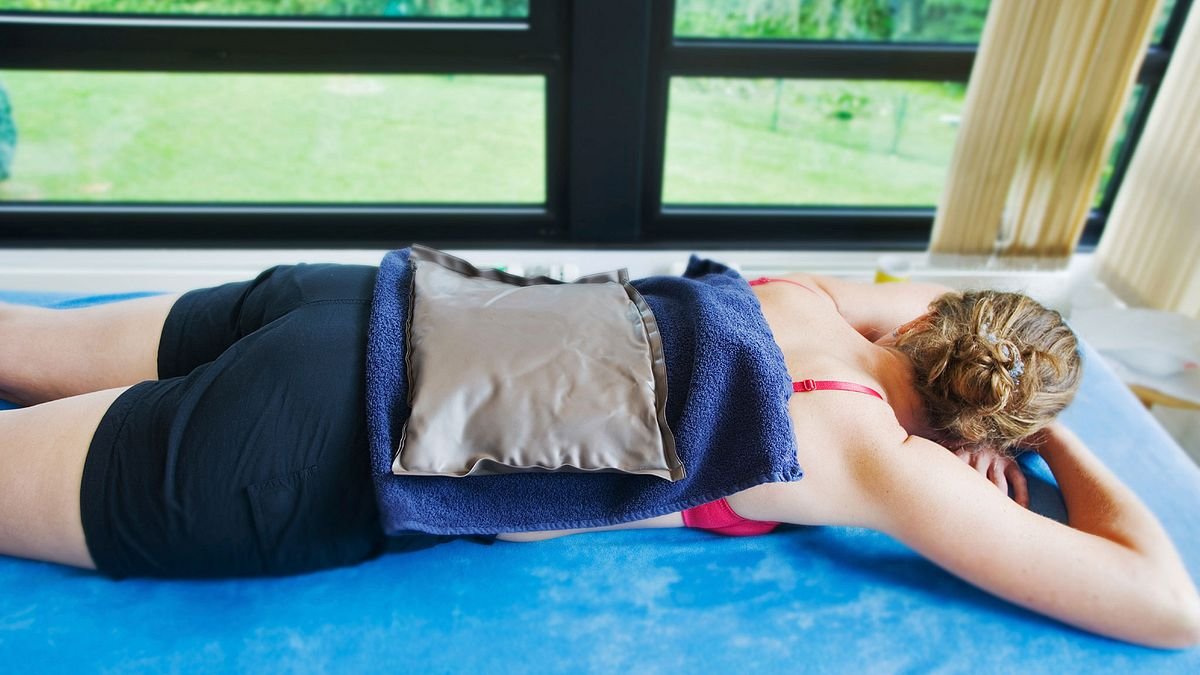
Hot & Cold Therapy
Heat and ice are the two most common types of passive, non-invasive, and non-addictive therapies. Heat and cold can be used alternatively and are often used as a prelude to exercise therapy.
Heat and cold agents should always be used with caution. It is a good idea to seek the advice of a healthcare professional prior to use.
Heat Packs and Heat Therapy
Heat therapy induces vasodilation: drawing blood into the target tissues. Increased blood flow delivers needed oxygen and nutrients, and removes cell wastes. The warmth decreases muscle spasm, relaxes tense muscles, relieves pain, and can increase range of motion.
- You should only apply heat once the pain and swelling has stopped
- Do not apply heat after activity or if you have an acute injury
- Don’t overheat the tissues, do for 20-30 mins and then allow the area of injury to get back to the normal temperature before applying it again .
Superficial heat is available in many forms, including hot and moist compresses, dry or moist heating pads, hydrotherapy, and gel packs.
Heat packs in any form should always be wrapped in a towel to prevent burns. Punctured commercial heat packs should be immediately discarded, as the chemical agent/gel will burn skin.
Cold Packs and Cold Therapy (Cryotherapy)
Cold therapy produces vasoconstriction, which slows circulation reducing inflammation, muscle spasm, and pain.
Use ice immediately after your injury, or any re-injury to the area that causes a flare-up of pain and swelling. Use ice for at least the first 48 hours. You will need to use ice for a longer period than the first 48 hours if your inflammation is more severe, especially in cases of tendonitis.
Superficial cold is available in many forms, including a variety of cold packs, ice cubes, iced towels/compresses, and forms of hydrotherapy. The duration of cold therapy is less than heat therapy; usually less than 15 minutes. The effect of cold is known to last longer than heat.
Cold or ice should never be applied directly to the skin. A barrier, such as a towel, should be placed between the cold agent and the skin’s surface to prevent skin and nerve damage.
